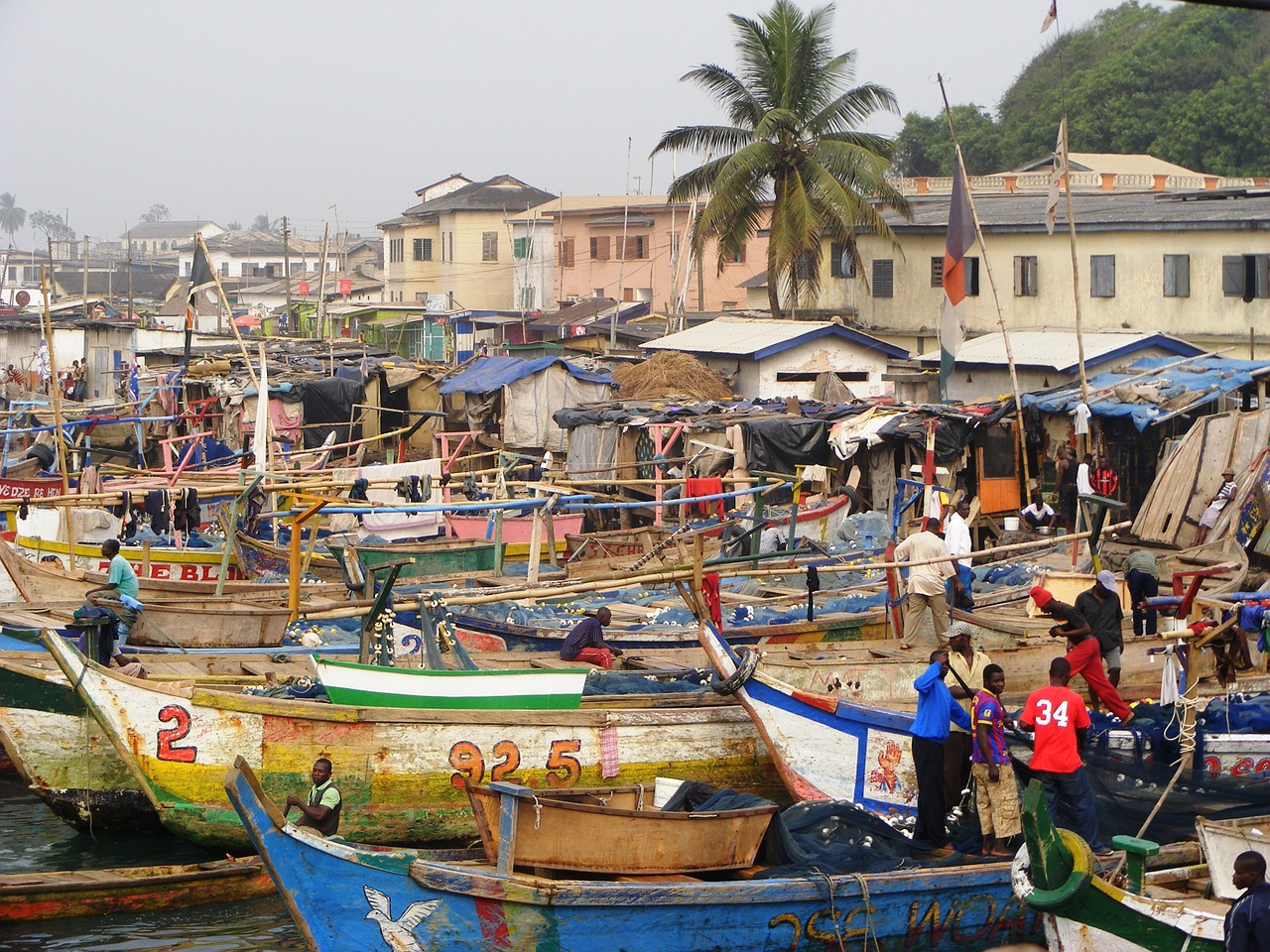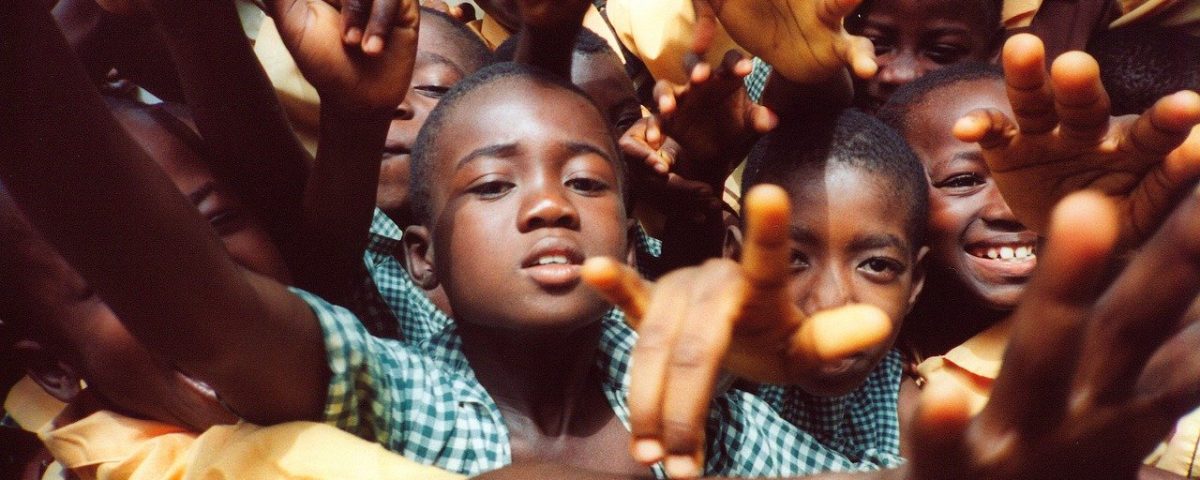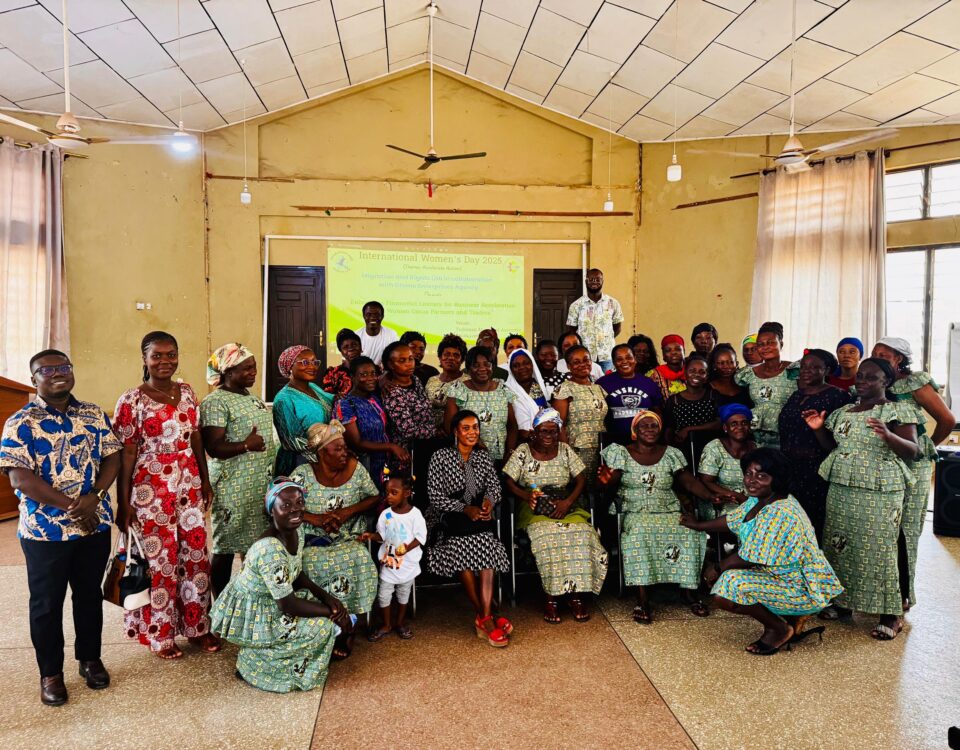Hello world!
January 29, 2019
Regional Migration Forum – Bono East
January 9, 2020Introduction
Globally, migration has been an age long phenomenon among diverse populations. Youth between the ages of 15 and 24 years form the largest proportion of migrants. They move within their countries, ECOWAS and to other parts of the world. They come from varied political, social and economic backgrounds (Awumbila et al., 2011). Migration within the West African sub-region predates colonial administration and have continued in post-independence West Africa. Migration within the Economic Community of West African States (ECOWAS) sub region received a further boost with the passage of ECOWAS Protocol on Free Movement and Trans-Border Security in West Africa. UNICEF, (2019), estimates that in 2017, over 19 million Africans lived outside their country of birth and about 70% of these migrants stayed within the continent. It has been observed that 1 out of every 4 African migrants is a child while 1 in 2 African refugees is a child. This implies that Africa has the largest share of its migrants being children and specifically with West African migrants with a migrant stock of 14 million migrants (UNICEF, 2019).
The concept of children on the move has become synonymous with child migration and unaccompanied. Statistics on numbers of children on the move have largely focused on destination countries, mostly Europe, with anecdotal reports on the abuses they face during transit. Migration is multidimensional and complex which often involves unaccompanied children. The increasing number of migrant children also referred to as children on the move or unaccompanied minors is particularly alarming. Globally, the number of children on the move is estimated at 50 million (UNICEF, 2018). Between 2005 and 2015, the number of child refugees worldwide doubled from 4 million to 9 million. As of 2016, 28 million or 1 in 80 children in the world were living in forced displacement – this includes 12 million child refugees and child asylum seekers, and 16 million children living in internal displacement due to conflict and violence and 30 million children on the move in 2017 (UNICEF, UNHCR, IOM, and Eurostat, 2018). Children on the move in Africa is disproportionately high.
Varied factors account for the rising number of children on the move globally. Children migrate for multiple reasons. They may benefit from migration or be affected adversely through it. Children, however, may be temporary safe from immediate danger in their home countries where they are experiencing war, abuses or farming. Other benefits include, children may be engaged in gainful employment where they send remittances home to cater for their families and siblings.
Children, depending on the circumstances of their moving may be trafficked, forced into labour, sexual exploitation or experience other forms of rights abuses. Migrants are particularly vulnerable to labour exploitation and human rights abuses, which in some cases involve human trafficking.

The abuses children encounter calls for a strong social protection framework to prevent children from moving and to protect those on the move. United Nations International Children Emergency Fund (UNICEF), identified the following components as part of a comprehensive child protection strategy (UNICEF, 2017): The commitment of Governments to fulfilling the ‘protection’ rights of children; Legislation and enforcement mechanisms and institutions; Attitudes, traditions, customs, behavior and practices; Engagement of the media and civil society on issues affecting children; Children’s life skills and participation; Capacity of persons in contact with children; Basic and targeted services; and Monitoring and oversight. Children on the move is a blanket term covering various categories of children and youth migration. Consequently, it is variously defined by the Inter-Agency Group on Children on the Move and the United Nations Educational, Scientific and Cultural Organisation (UNESCO) as: ‘children moving for a variety of reasons, voluntarily or involuntarily, within or between countries, with or without their parents or other primary caregivers, and whose movement while it may open up opportunities might also place them at risk (or at an increased risk) of economic or sexual exploitation, abuse, neglect and violence” (Save the Children, 2013). The focus of this paper is on children on the move in West Africa. The working definition of the African Committee of Experts on The Rights and Welfare of the Child (ACERWC) will be adopted. Children on the move is defined as children who have moved from their habitual place of residence to another place within or outside their country, or have been entrusted by their parents to guardians, voluntarily or involuntarily, accompanied or unaccompanied by their parents, caregivers or families either as internally displaced persons, refugees, asylum-seekers, economic migrants or trafficked persons and who may suffer or may be at risk of suffering exploitation, abuse, neglect or violence (ACERWC, 2018).


